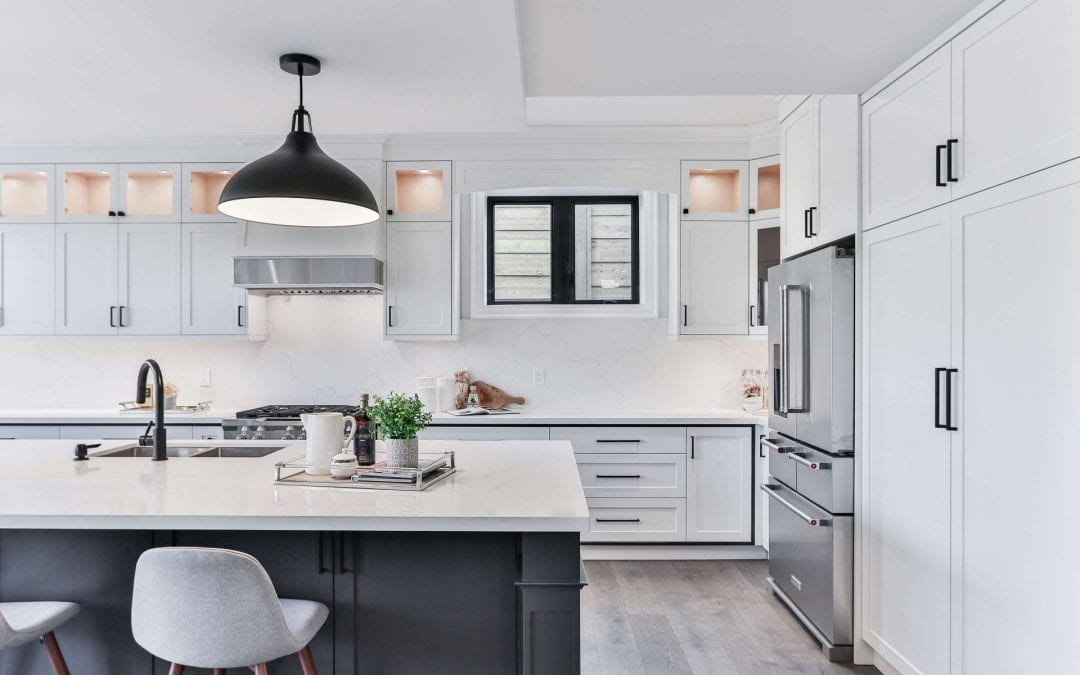The notion of ‘consistency’ is something that comes up a lot when we talk about online learning, and particularly in regards to the layout and navigation of online units. It’s not always clear what we mean when we talk about consistency, though, or why it’s important. Consistency in online units was something touched on in the recent Learning Futures Roadshow on the LMS Renewal and Digital Uplift, and in this post we unpack it a little further to understand exactly where it comes from, what we mean and why we should care.
Why are we talking about consistency?
Consistency of layout and navigation is the top priority identified by students for improving unit quality through the unit evaluation process. Depending on year and discipline, between 15%-50% of student responses to the question ‘What aspects of the unit are most in need of improvement?’ focus on the layout and navigation of unit sites, describing frustration and challenges with locating key information and resources and variation across different units of study. A desire for consistency across units and frustration with inconsistency are also key themes that emerge in other student consultation domains. It’s clear that the ability to easily navigate and locate key information and resources across every unit in their UNE journey is a significant student experience indicator.
Consistency is also a good practice standard in the design of online environments, articulated in evaluation and accreditation standards such as TELAS.
What do we mean by consistency?
The concept of consistency can be difficult to wrangle with, because when interpreted as ‘homogeneity’ or ‘one size fits all’ approaches, it’s perceived to come into conflict with academic autonomy. That’s not the case though – in this context ‘consistency’ is something closer to this definition, and is probably best explained by means of an analogy.
In the Roadshow, we used the analogy of a kitchen – when you walk into a kitchen that you have never been in before (such as the one in the header image of this post), where are the forks? We might not be explicitly aware of them, but there are sets of norms and standard features that are included in the concept of a kitchen that mean the first place that most people will look is in the top drawer (which is aided by a further set of norms that allow us to identify drawers and guess where to look for them). Those norms and standard features serve to improve the functionality and usability of a kitchen by reducing the effort required to perform tasks that serve overall outcomes.
This is what we mean when we talk about consistency – students want to be able to find the forks quickly and easily, so they can focus on eating. It’s not about making every kitchen the same – there is plenty of scope for designing a unique kitchen that works for your context, and hopefully we can all agree that having a cutlery drawer isn’t infringing on anyone’s autonomy. It’s not just students who benefit, either – staff experience is also improved when it’s easy to find the forks.
Why does consistency matter?
The section above uses terms like ‘reducing effort’, ‘quick’ and ‘easy’ – what these are describing is a phenomenon called cognitive load. Cognitive load theory is a psychological concept that’s key to designing teaching and learning experiences and designing online environments. In particular, the concept of extraneous cognitive load is relevant to the design of online units – the more we can reduce the extraneous load students need to expend by taking a consistent approach to layout and navigation in online units, the more students can focus on what really matters.
Mitch Parkes recently delivered a presentation on Cognitive Load Theory to UNE staff and to the ASCILITE Learning Design SIG, in which he unpacks the impacts of cognitive load on learning and importance of reducing extrinsic cognitive load. You can watch the presentation recording or download the slides:

